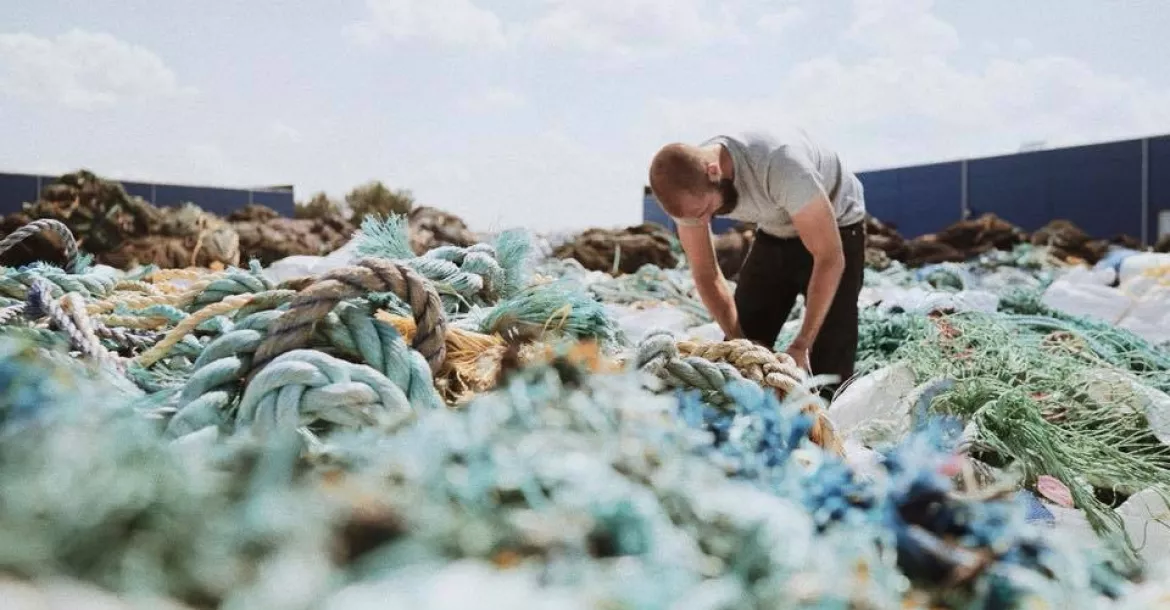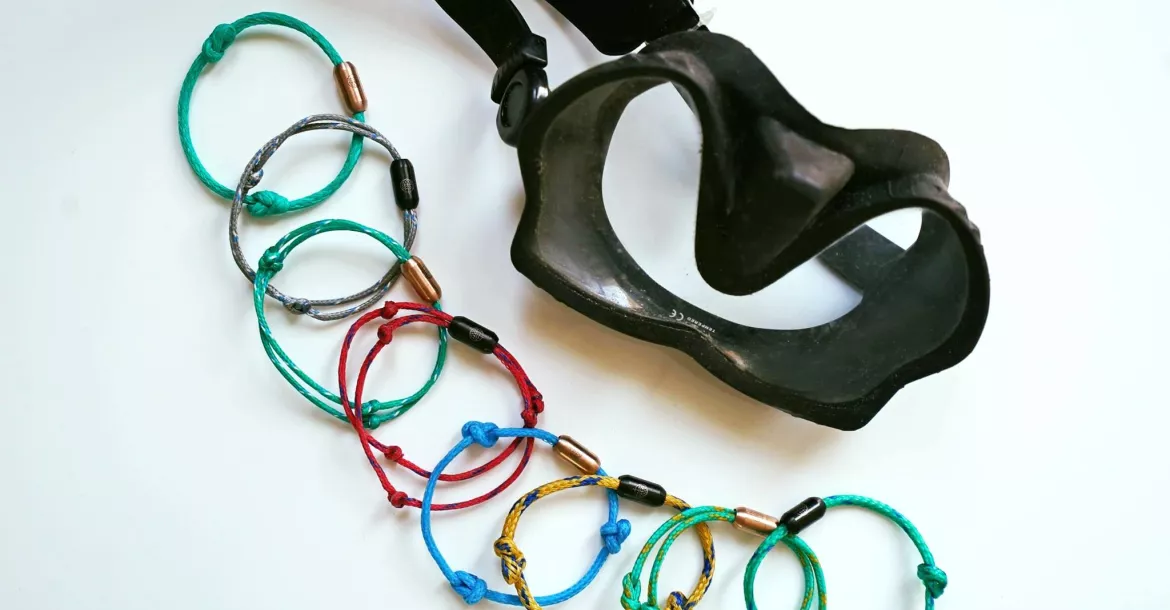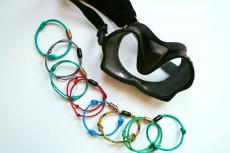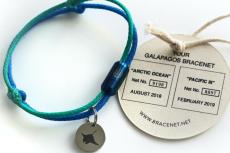Bracenet Ghost Fishing charity bracelet
Currently, there is a trend to buy and wear a bracelet to help support the environment and the ocean. For many of us, this is quite a contentious topic because there is one company in particular that is allegedly *greenwashing.

'Bracenet' is the most ethical, environmental bracelet we have found to date.
Clear provenance
When a company states it is selling an environment bracelet, it is important that there is transparency and traceability as to what that bracelet is made from. For instance, what industrial process is used to make the beads? (Heating plastics can cause harm to the environment too through the release of dioxins etc.) If a company cannot provide valid, traceable proof that their bracelet is made from recycled, recovered plastic, then the question has to be asked "why are you unable to provide this provenance? What are you trying to hide?"
A Bracenet is made from recovered ghost fishing gear and there is a clear provenance is to where the net came from. The manufacturer works with 'Healthy Seas' - they have even been out with the divers on ghost fishing retrieval operations in the North Sea. (It is worth noting that since 2013, the Healthy Seas initiative, in cooperation with divers and fishing communities, has collected and recycled 453 tons of nets.)
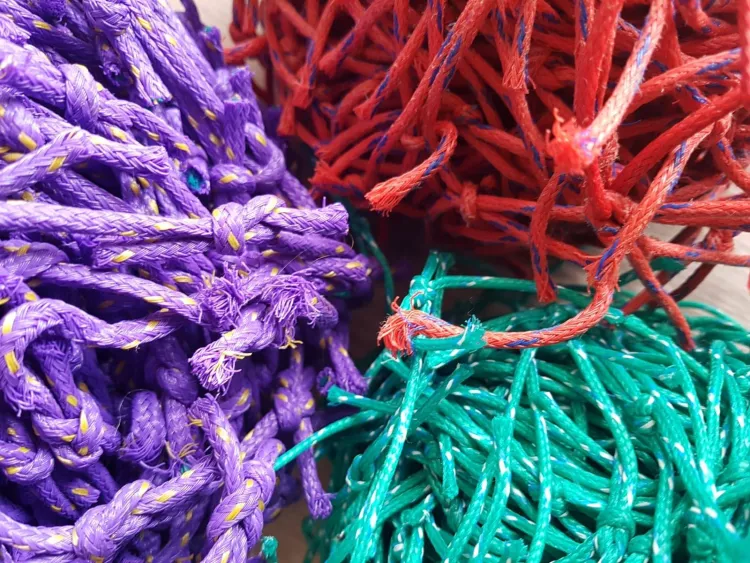
When a net comes out of the sea, it will be covered in marine debris. Some of the nets are just plain nasty to deal with, therefore not all ghost fishing gear can be reworked into bracelets. The team picks over the raw recovered net, and select what they can use. The remaining raw net is sent to Slovenia to be processed and regenerated into reusable ECONYL yarn.
We all like transparency when giving our money to a cause
Advertising
Bracenet does not advertise. The income from a bracelet sale will not be spent on social media marketing to generate more money. The company works on word of mouth.
How is the €19 spent?
Bracenet charges €19 per bracelet and it is a "for profit" company, but so does another company that uses bracelets as a revenue generator.
10% of the sale of the Bracenet goes to Healthy Seas to fund future ghost fishing removal projects. The balance of the money goes to shipping the raw ghost fishing gear to the manufacturing base, paying salaries to disabled workers to make the bracelets, the magnetic bracelet fastener, the ethical packaging and day-to-day running costs.
Bracenet has been loyal with their donations. We get a royalty from every sale and it has helped us a lot with our diving projects. Pascal van Erp, Healthy Seas

Eight Seas
There are currently eight different bracelets, to represent eight seas: Adriatic, Atlantic, Baltic, Bering, Black, North Pacific and the Red Sea. Each bracelet is fastened by a magnetic clasp, and there is the option of adding a metal tag to the bracelet.
The Take-Home Message
Ethics is now very important to customers especially when it comes to the environmental brands. We want to know that an item is ethically produced, sustainable and that our money is tracked and it does make a difference. Saying this happens, and what really happens are two different things.
If you want to help our planet by giving your precious money to an organisation, do your homework. Check that the company really does what it says, and this can be verified by a respected third-party, otherwise, your money may just be spent on some very clever marketing.
*Greenwashing
This term is given to describe a PR or marketing process that deceptively promotes that a product, an aim or a policy is environmentally friendly.
Evidence that an organisation is greenwashing often comes from pointing out the spending differences: when significantly more money or the time has been spent advertising being "green" than is actually spent on environmentally sound practices.
Key Features
- Water-resistant 300 mt / 984 ft
- Recycled ghost fishing gear
- Magnetic clasp
- Eight seas represented by eight bracelets. Colours: Black, Blue, Green, Purple, Red, White, Yellow

